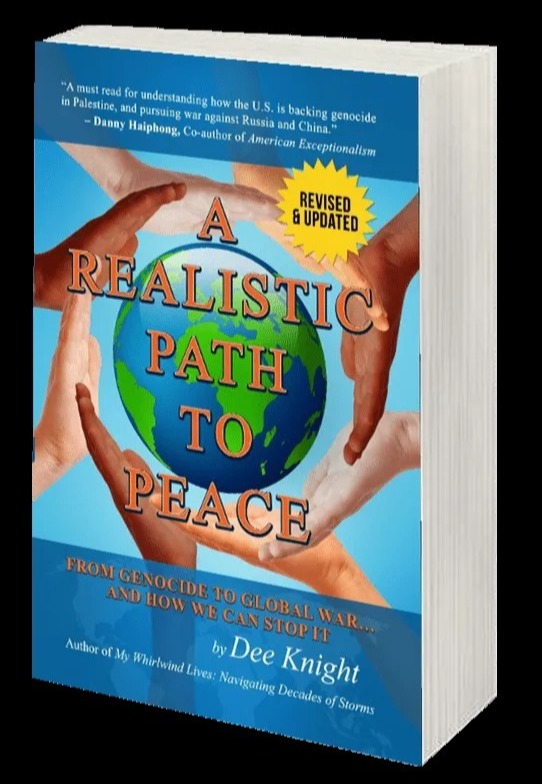A Realistic Path to Peace dives into the complex issues surrounding the conflicts in Israel, Ukraine, Russia, West Asia, and East Asia. It aims to separate facts from propaganda and show how people are being misled to support wars. The book also highlights the efforts of individuals and nations striving for peace.
The world is currently facing a huge crisis. As the influence of the United States declines, its leaders are making serious mistakes. Some powerful figures in Washington, DC, are desperate to keep the US as the top global power, no matter what it takes. They believe that their whole system could fall apart if another country challenges their dominance.
To maintain control, the US government supports Israel by providing weapons, money, and questionable moral justifications for its actions against Palestinians. An example of the lengths they will go to is the destruction of the Nord Stream pipeline, which shows their willingness to take extreme measures.
Western European leaders have been pressured into forming a unified NATO alliance against Russia and in support of Israel. NATO, originally a group of North Atlantic countries led by the US after World War II, is now expanding to Asia to curb China’s economic growth. This expansion aims to maintain Western control over global trade, which is threatened by China’s success.
A new peace movement is emerging despite facing enormous obstacles. This movement must contend with a wave of war hysteria generated by Washington and amplified by mainstream media, which often lacks independence and objectivity. However, as more facts come to light, the peace movement is expected to grow stronger.
The negative effects of sanctions and war, combined with the truth coming to light, are likely to inspire more people to join the fight for peace. The peace movement is gaining momentum as it counters the narrative pushed by those in power who benefit from conflict and instability.
The book looks at perceptions of the community where specific influential entities seek to influence the community into supporting war through propaganda. It then says that this is why many people do not question these narratives and effects of what we are told. Thus, in response to conflicts, individuals look for the truth to know the underlying causes in an effort to pursue non-violent solutions.
The author claims that US leaders are making fatal mistakes while the latter attempts to remain supreme in the world. While these mistakes are ravaging the lives of foreigners, they are also affecting the lives of common people in the country. Many implications come with war which are both in monetary terms and the loss of lives and the suffering that is associated with it. The book compels citizens to look at these failures and has called for citizens to make changes to improve these policies.
Many of the issues that have been discussed may be classified under the key point which is media influence. The author argues that nearly all news telling compels what is in a vein of AGEISTS, this is a persuasive assertion that convinces most people that mainstream media provide information through biased reports to support the powers that be. The absence of objective journalism does not allow individuals to realize what the essence of the conflicts is and the possibility of reconciliation.
The book also speaks of key roles played by grassroots organizations and intergovernmental organizations in creating peace. As this demonstration illustrates there are people everywhere who have grown tired of senseless killings and are calling for peace and discussion. All these are the works that must be done but are drowned by the sounds of war; their significance is to work towards a new day.
All in all, it is crucial to state that “A Realistic Path to Peace” is devoted to the need to reconsider the existing strategies of solving international conflicts. It challenges the readers to go deeper into what they read in the newspapers and be skeptical about their leaders’ agenda. In this way, they can support an emerging positive movement for peace, which aims at resolving the underlying causes of the conflict to create a more harmonized society.
